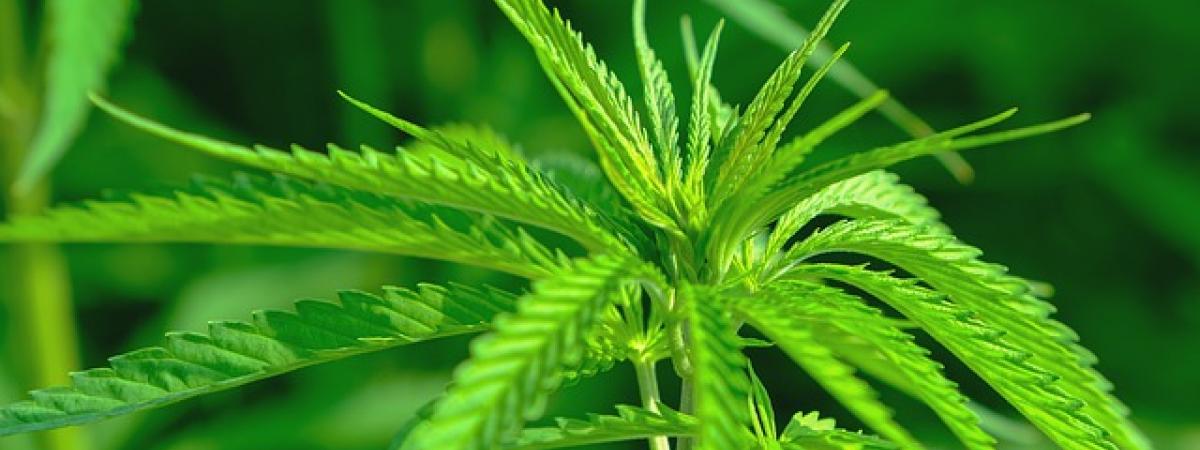Does cannabis really work as medicine?
published in Reader's Digest,
25 November 2015

Throughout history, the cannabis plant has been used both recreationally and medicinally. Even Queen Victoria was prescribed cannabis for period pain. Despite its historical popularity however, opinion remains divided about this drug.
Cannabis from the plant—and the body?
The cannabis plant originated in central Asia. Its leaves and stems secrete a sticky resin containing active compounds called cannabinoids. When eaten, smoked or drunk, these chemicals can cause euphoria, drowsiness, hallucinations and altered memory, making it a recreational drug of potential harm and open to abuse.
Amazingly, we also have naturally occurring brain chemicals that are very similar in structure to chemicals from the cannabis plant.
One example is anandamide, essential for sensations including pain, appetite and nausea. It was this discovery that made doctors question whether chemicals from the cannabis plant might be used as medicines.
Diseases in which cannabis might help
Cannabis is being trialled and tested in studies across the world. Scientific trials generally do not use the cannabis plant itself, but instead look at the effects of man-made copies of chemicals derived from the cannabis plant.
So far, promise has been shown in reducing muscle spasms in moderate to severe multiple sclerosis, reducing the nausea associated with some chemotherapy, and helping appetite when it is severely reduced in HIV/AIDs. Trials also continue into its possible use in relief of chronic pain and a severe type of childhood epilepsy, and even for glaucoma.
Recently, an 11-year Canadian study involving 215 patients showed that cannabis use for one year significantly reduced chronic pain. Only minor side effects such as headache and dizziness were reported.
So why the controversy?
Dr Laura Borgelt from Colorado University urges caution in the use of medical cannabis. Her primary concern is that “different patient populations may have varying responses to medical cannabis”, making it an unpredictable drug. Other medicines, nicotine or even hormone levels can also alter its effects.
Borgelt warns that there are safety concerns including “an increased risk of developing schizophrenia with adolescent use, impairments in memory and cognition and accidental ingestion by children”.
One cannabis-derived drug, used for weight loss, was withdrawn due to increased risk of depression. More trials are needed, and cannabis should only be taken under strict medical supervision.
The future for cannabis
Nabilone (for chemotherapy-associated nausea) and nabiximols (for multiple sclerosis-associated muscle spasms) are licensed for use in the UK, under specialist treatment.
Recently, a parliamentary petition containing more than 200,000 signatures asked for the legalisation of cannabis and though an interesting debate took place, no reform has yet taken place.
We would do well to learn from the past and the present. In the past, mistakes were made with the use of morphine (originally derived from the opium poppy). It has been both widely and inappropriately used, including sometimes fatally for infantile diarrhoea, and its use has now been restricted, sometimes leading to under-managed pain.
In the present, we can learn from Colorado, where cannabis is dispensed and marketed like alcohol, not medicine. Scientists will continue seeking to maximise the benefit and minimise the harm of this weird and wonderful weed.
